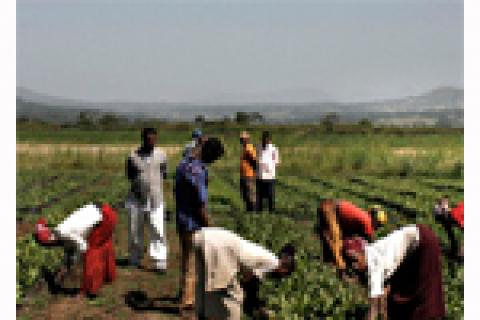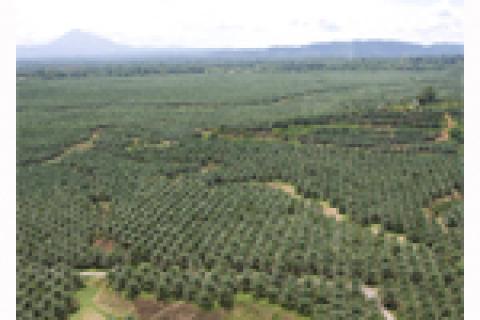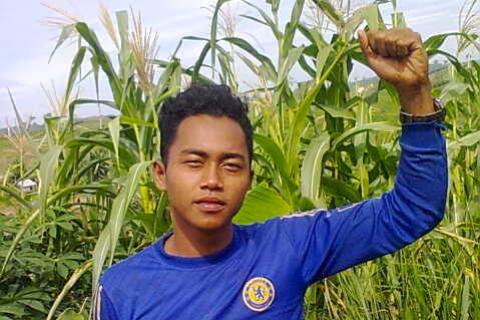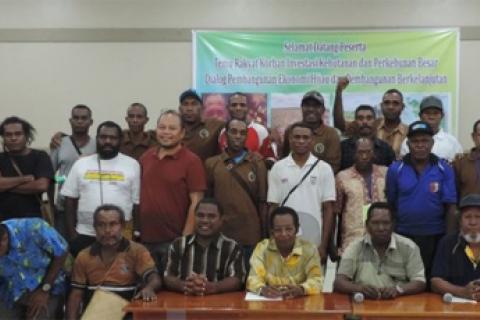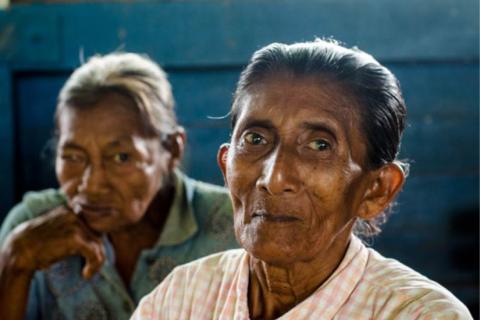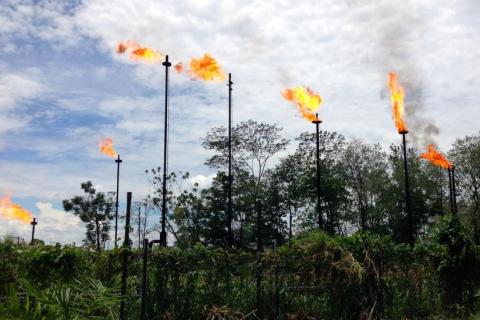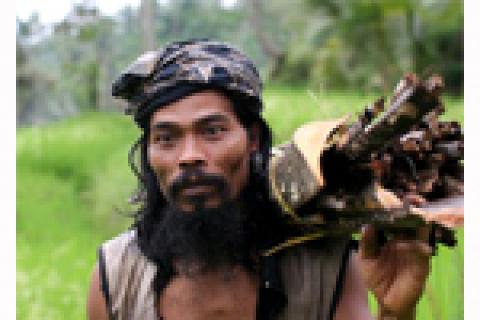Booming global demand for palm oil and limited room for the industry’s expansion in Asia have led large palm oil producers to look towards Africa. Companies are also betting on an explosion in demand from the European Union for palm oil as a ‘sustainable’ fuel, and Africa is the closest palm oil-producing region. Swaths of land have been allocated to foreign companies for oil palm plantations.
Other information
Oil palm plantations in Palawan, as elsewhere in the Philippines, are portrayed as a key solution to lower greenhouse gas emissions and as a tool for poverty eradication. However, reality shows a different picture. A report from “Ancestral Land/Domain Watch” (ALDAW) explains the many reasons why oil palm development should be stopped. Among others, this monoculture takes over cropland and coconut groves which sustain local self-sufficiency.
JAMBI-INDONESIA: A farmer and environmental defenders activist murdered by Security Force of PT. WKS (Wirakarya Sakti), a subsidiary of APP (Asia Pulp and Paper – Sinar Mas Group).
What is nature worth? How much profit can it report? At a time when biodiversity is critically threatened, this documentary reveals how banks and private investors are increasingly converting natural resources into objects of financial speculation. “Nature, le nouvel eldorado de la finance” (“Banking Nature”) shines a spotlight on the mechanisms of a nascent system that could end up as a manifestation of global hypocrisy.
For centuries, the Rama people have lived on the Caribbean coast of Nicaragua. In June of 2013, the Nicaraguan government signed an exclusive contract with a Hong Kong based development company to build an immense canal across Nicaragua with a 100-year concession. The proposed route will cut through almost a million acres of rainforest and wetlands, and will displace hundreds of villages, including the Rama village of Bangkukuk.
The Union for Those Affected by Texaco Operations (UDAPT) has been fighting for more than 20 years to force Chevron-Texaco to pay for the ravaging contamination it caused in the Ecuadorian Amazon and to take responsibility for their actions. The different initiatives launched by the UDAPT in different countries are on the verge of reaching their goal. To get there they need additional funding. UDAPT asks people to tweet the message: “RT! Crowdfunding for those affected by Chevron in Ecuador!
The People’s Summit on Climate Change was held December 8-11 in opposition to the false solutions being discussed at the UN climate negotiations in Lima, Peru.
This report from the organization Corner House explores the question “What’s the alternative to current energy systems?” in a context of a growing climate crisis and increasing uncertainty over the future of fossil fuels. In energy policy today, the main conflict is among the different proposed alternatives themselves.
This site examines the questions surrounding the Mekong Region’s ‘development’, and tries to identify new ones, giving particular importance to both the consequences that are masked from mainstream explanations, as well as alternatives that are already practiced.
The NGO network ECA Watch is mapping social movements’ alternative proposals to the large-scale infrastructure projects, including water, energy or transport infrastructure. The aim is to spread information and proposals, and to contribute to linking people and groups with each other, in order to enrich the narrative on alternative infrastructures. See map here:
http://www.eca-watch.org/node/3637
A global study carried out by the Poverty and Environment Network has helped in understanding the role forests play in enhancing people’s livelihoods, confirming that forests do provide an important source of rural income, but challenging some of the long-held assumptions about how these resources are used.
